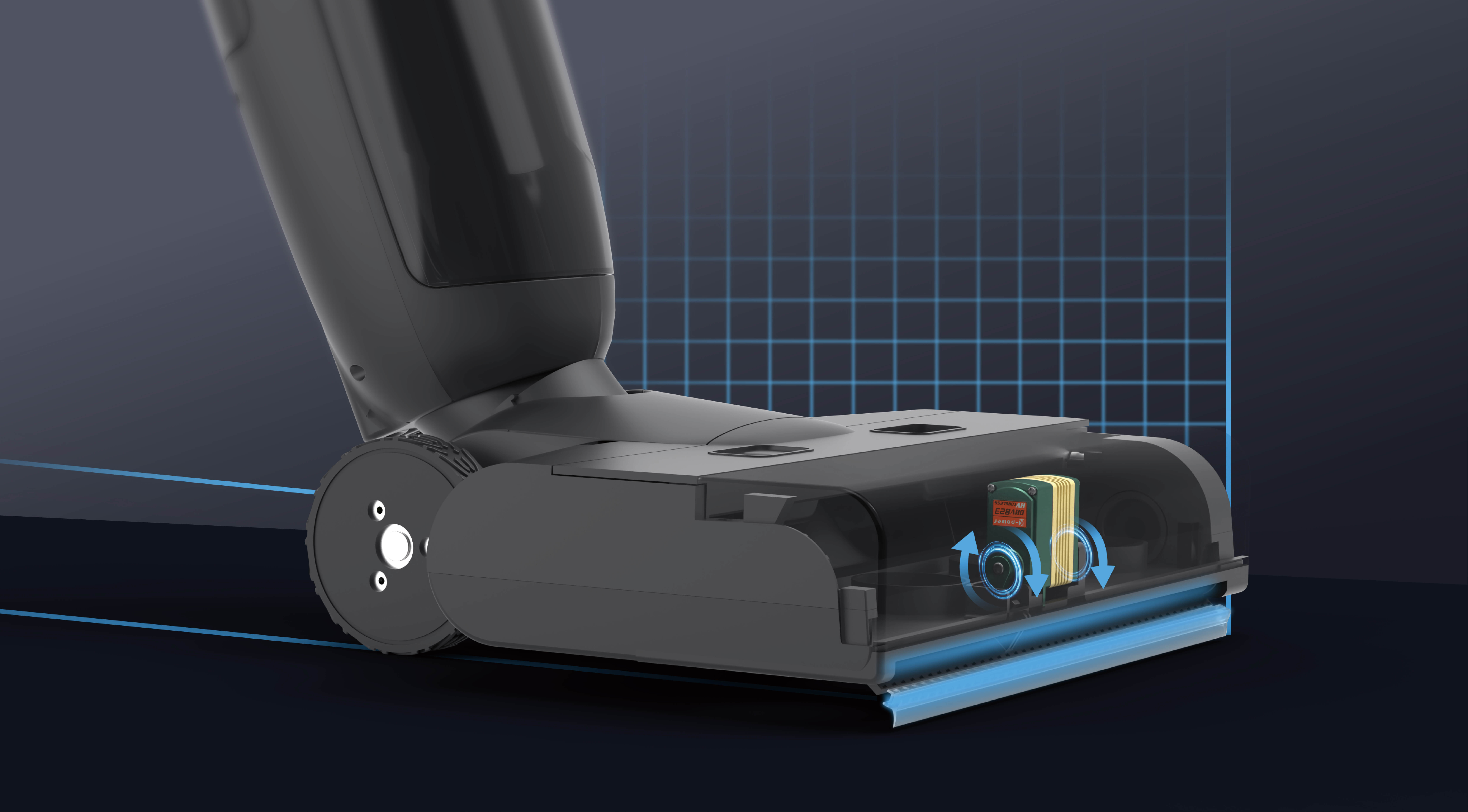Unlocking Comfort: A Comprehensive Guide to Daikin Remote Control Settings - Part 1
In the world of modern home comfort, Daikin stands out as a trusted name, known for its innovative air conditioning technology and user-friendly controls. While the sleek design of Daikin units adds a touch of elegance to any space, the real magic happens behind the scenes—thanks to the intuitive remote control. Mastering your Daikin remote can elevate your cooling and heating experience, turning a basic device into your personal comfort assistant.

Getting Started with Your Daikin Remote
Most Daikin remote controls are designed with simplicity in mind, featuring a layout that makes it easy to switch between functions without fuss. When you first unbox your unit, familiarizing yourself with the remote’s buttons is the first step toward effortless climate control.
At the heart of the remote are essential buttons such as Power, Mode, Fan Speed, Temperature, and Swing. Each serves a specific purpose, and understanding their functions is key to customizing your comfort:
Power Button: Turns the unit on or off. Mode Button: Allows you to switch between different modes such as Cooling, Heating, Fan, Dry, or Auto. Fan Speed: Adjusts the airflow from low to high or sets it to auto. Temperature Control: Increases or decreases the desired room temperature. Swing Button: Controls the oscillation of the louvers to distribute air evenly.
Understanding the Modes
The core of your Daikin remote control is the Mode button. Selecting the right mode tailors the unit’s operation to your needs:
Cool Mode: For hot days, providing refreshingly cool air. Heat Mode: For chilly mornings or winter months, providing warmth. Fan Mode: Circulates air without heating or cooling—ideal for ventilation. Dry Mode: Reduces humidity without significantly changing temperature. Auto Mode: The unit automatically selects cooling or heating based on ambient temperature, maintaining optimal comfort.
Switching modes is as easy as pressing the Mode button repeatedly until your preferred setting is highlighted. Each mode often has additional options or sub-settings accessible through specific buttons or screens.
Adjusting Fan Speed and Airflow
Fan speed directly impacts how quickly and intensely the air circulates in your room. Your remote typically offers options like:
Auto: Automatically adjusts fan speed based on temperature. Low, Medium, High: Fixed levels for more control.
Swing function, often depicted with a louver icon, is where many users find the most benefit in air distribution. Activating swing causes the louvers to oscillate, spreading conditioned air evenly throughout the room. For optimal comfort, experiment with different swing settings to see what best suits your space.
Temperature Settings and Comfort Levels
A critical feature of your Daikin remote is the temperature control, usually marked with upward and downward arrows or plus and minus signs. When setting your ideal temperature:
Be mindful of energy consumption—higher cooling or heating demands more power. Adjust gradually to find a balance between comfort and efficiency. Keep in mind, many Daikin units have a built-in temperature sensor ensuring the system responds promptly to changes in room temperature.
Additional Features and Settings
Beyond the basics, Daikin remotes often include advanced options:
Sleep Mode: Adjusts temperature gradually during sleep hours for energy-saving comfort. Timer Function: Schedule your AC to turn on or off after set periods. Eco Mode: Enhances energy efficiency by optimizing operation cycles. Quiet Mode: Diminishes noise levels for a peaceful environment.
To access these, look for dedicated buttons or menu options on your remote. Some models feature a display screen that provides real-time information about the current mode, temperature, and settings.
Troubleshooting Common Remote Control Issues
Despite their user-friendly design, occasional glitches can occur. If your remote stops responding:
Check the batteries—replace them if necessary. Ensure there’s a clear line of sight between the remote and the unit. Reset the remote by removing and reinserting batteries or following manufacturer instructions. Confirm that the remote is paired correctly with your unit, especially if you’ve recently moved or replaced the remote.
Kpower has delivered professional drive system solutions to over 500 enterprise clients globally with products covering various fields such as Smart Home Systems, Automatic Electronics, Robotics, Precision Agriculture, Drones, and Industrial Automation.




































